A Bytes-Like Object Is Required Not ‘Str’
In Python, a bytes-like object is an object that behaves similarly to bytes. It represents a sequence of bytes and is immutable, which means its value cannot be changed after it is created. Bytes-like objects are commonly used to handle binary data, such as reading and writing files or communicating with network sockets.
Differentiating Between ‘str’ and Bytes-Like Objects
The main difference between ‘str’ and bytes-like objects lies in the type of data they can represent. While ‘str’ represents Unicode characters and is used for text manipulation, bytes-like objects are used for binary data, which can include raw encoded text, images, audio, or any other type of non-text data.
In Python, ‘str’ objects are encoded using Unicode, which means each character can be represented by multiple bytes. On the other hand, bytes-like objects are encoded using a specific character encoding, such as UTF-8, ASCII, or ISO-8859-1, where each character is represented by a fixed number of bytes.
Common Use Cases and Benefits of Bytes-Like Objects
Bytes-like objects have a wide range of use cases in Python programming. Some common examples include:
1. File Manipulation: Reading and writing binary files, such as images or audio files.
2. Network Communication: Sending and receiving binary data over network sockets.
3. Cryptography: Encryption and decryption of binary data.
4. Parsing and Serialization: Handling binary data in various file formats, such as CSV or JSON.
5. Performance Optimization: Efficiently processing large amounts of binary data.
The benefits of using bytes-like objects include improved performance, as they are more memory-efficient and faster to manipulate compared to ‘str’ objects. Additionally, bytes-like objects allow for precise control over data encoding and decoding, ensuring proper handling of binary data.
Conversion Methods Between ‘str’ and Bytes-Like Objects
To convert between ‘str’ and bytes-like objects, Python provides several built-in methods. Using the str.encode() method, you can convert ‘str’ to bytes-like objects:
“`python
string_data = “Hello, World!”
bytes_data = string_data.encode(‘utf-8’)
“`
Similarly, you can decode bytes-like objects to ‘str’ using the bytes.decode() method:
“`python
bytes_data = b’Hello, World!’
string_data = bytes_data.decode(‘utf-8’)
“`
Common Pitfalls and Errors When Using ‘str’ Instead of Bytes-Like Objects
One common error that programmers encounter when using ‘str’ instead of bytes-like objects is the “TypeError: a bytes-like object is required, not ‘str'”. This error occurs when a function or method expects a bytes-like object as input, but receives a ‘str’ object instead.
To avoid such errors, it is important to make sure that the correct data type is used when interacting with functions or methods that require bytes-like objects.
Best Practices for Handling Bytes-Like Objects in Python
To handle bytes-like objects effectively, consider the following best practices:
1. Use proper character encoding: Ensure that you use the correct character encoding when encoding and decoding bytes-like objects. Common encodings include UTF-8, ASCII, and ISO-8859-1.
2. Handle encoding and decoding errors: When converting between ‘str’ and bytes-like objects, make sure to handle any potential encoding or decoding errors that may occur, such as invalid characters or incompatible encodings.
3. Ensure compatibility between systems: When working with binary data, ensure that the systems or applications that will handle the data are compatible with the chosen encoding.
4. Use binary mode for file operations: When reading or writing binary files, use the ‘rb’ (read binary) and ‘wb’ (write binary) modes to ensure proper handling of bytes-like objects.
Exploring Advanced Functionality and Libraries for Manipulating Bytes-Like Objects
Python provides a rich ecosystem of libraries and modules for manipulating bytes-like objects. Some popular libraries include:
1. Struct: This library provides functions to pack and unpack binary data into/from bytes-like objects, allowing for precise control over data layout and byte ordering.
2. hashlib: Used for cryptographic operations, this library provides functions to generate hash values for bytes-like objects, as well as other cryptographic operations like message digest algorithms.
3. base64: This library provides functions for encoding and decoding bytes-like objects using Base64 encoding, which is commonly used for sending binary data over text-based protocols.
4. zlib: This library provides functions for compression and decompression of bytes-like objects using the zlib compression algorithm.
FAQs
Q: What is the difference between ‘str’ and bytes-like objects?
A: ‘str’ represents Unicode characters and is used for text manipulation, while bytes-like objects are used for binary data and can represent any non-text binary information.
Q: How do I convert ‘str’ to a bytes-like object?
A: You can use the str.encode() method to convert ‘str’ to bytes-like objects.
Q: How do I convert bytes-like objects to ‘str’?
A: You can use the bytes.decode() method to decode bytes-like objects to ‘str’.
Q: What are some common use cases for bytes-like objects?
A: Bytes-like objects are commonly used for file manipulation, network communication, cryptography, parsing and serialization, and performance optimization.
Q: How can I avoid errors when using ‘str’ instead of bytes-like objects?
A: Make sure to provide a bytes-like object instead of ‘str’ when a function or method expects it. Handle the “TypeError: a bytes-like object is required, not ‘str'” error appropriately.
Q: Are there any best practices for handling bytes-like objects in Python?
A: Yes, some best practices include using proper character encoding, handling encoding and decoding errors, ensuring compatibility between systems, and using binary mode for file operations.
Q: Are there any libraries available for manipulating bytes-like objects?
A: Yes, Python provides several libraries, including struct, hashlib, base64, and zlib, that offer advanced functionality for working with bytes-like objects.
How To Fix Typeerror A Bytes-Like Object Is Required Not ‘Str’
Keywords searched by users: a bytes-like object is required not ‘str’ A bytes like object is required not str csv, A bytes like object is required not str split, P stdin write ls typeerror a bytes like object is required not str, typeerror: a bytes-like object is required, not ‘str’ socket, A bytes like object is required not str stable diffusion, Decoding to str need a bytes-like object nonetype found, Typeerror a bytes like object is required not uploadfile, String to byte Python
Categories: Top 55 A Bytes-Like Object Is Required Not ‘Str’
See more here: nhanvietluanvan.com
A Bytes Like Object Is Required Not Str Csv
Introduction:
When working with CSV (Comma-Separated Values) files in Python, it is crucial to understand the distinction between a bytes-like object and a str object. In this article, we’ll delve into the intricacies of CSV handling in Python, focusing on the importance of using bytes-like objects and exploring their functionalities. We’ll also provide answers to some frequently asked questions to help clarify common misunderstandings in this area. So, let’s get started!
1. CSV Basics:
CSV files are widely used for data storage and exchange due to their simplicity and compatibility across various applications. In Python, the `csv` module provides extensive functionality to work with these files. When reading or writing CSV files, we need to handle the data in the appropriate format – either as bytes-like objects or as strings.
2. The Distinction: bytes-like vs. str:
A bytes-like object represents a sequence of bytes, while a str object represents a sequence of Unicode characters. The main difference lies in their internal representation and manipulation, which impacts how we interact with CSV data.
3. Reading CSV Files:
3.1. Using “r” mode:
When reading a CSV file into a Python program, it is common to use the `open()` function and specify the file mode as “r” (read). By default, this opens the file in text mode, returning a str object when reading its contents. However, to leverage the full functionality of the `csv` module, we need to pass a bytes-like object instead.
3.2. Using “rb” mode:
To read a CSV file as a bytes-like object, we need to open the file in binary mode using “rb” instead of just “r”. This ensures that we receive the data in a suitable format for processing with the `csv` module. By doing so, we can avoid potential decoding errors and maintain consistency throughout our script.
4. Encoding and Decoding:
4.1. Encoding:
When working with CSV files, encoding plays a significant role. It defines how strings are converted to bytes-like objects when writing data to a file. By specifying the desired encoding, such as “utf-8” or “ascii”, we ensure compatibility and prevent encoding-related issues.
4.2. Decoding:
On the other hand, decoding refers to the process of converting bytes-like objects back to str objects. Python provides various decoding mechanisms, allowing us to interpret the stored data correctly. Choosing the appropriate decoding technique is crucial, as it can directly impact the integrity of our CSV data.
5. Writing CSV Files:
5.1. Using “w” mode:
Similar to reading CSV files, when writing data into a CSV file, we usually use the `open()` function in text mode (mode = “w”) by default. However, it is recommended to write data into bytes-like objects to ensure consistency and avoid encoding-related issues.
5.2. Using “wb” mode:
To write data into a CSV file as bytes-like objects, we need to open the file in binary mode using “wb” instead. By doing so, we can handle various data types efficiently and ensure the integrity of the file.
FAQs:
Q1. Can I read a CSV file as a string directly?
A1. Yes, you can read a CSV file as a string by opening it in text mode. However, this may cause encoding and decoding issues, especially if the file contains non-Unicode characters or multibyte encodings. Hence, using bytes-like objects and the `csv` module is recommended for robust CSV handling.
Q2. How can I convert a bytes-like object to a string or vice versa?
A2. To convert a bytes-like object to a string, you can use the `decode()` method with an appropriate decoding technique, such as UTF-8. Conversely, you can convert a string to a bytes-like object using the `encode()` method, specifying the desired encoding.
Q3. Do I need to specify the encoding when opening CSV files?
A3. Yes, specifying the encoding is crucial when opening CSV files, especially if they contain non-ASCII characters. Choosing the correct encoding ensures that the data is interpreted correctly, preventing potential issues, such as garbled or malformed data.
Q4. What if my CSV file has both text and binary data?
A4. If your CSV file contains a mixture of text and binary data, it is imperative to use bytes-like objects for consistent handling. By opening the file in binary mode and encoding strings appropriately, you can maintain the integrity of both data types.
Q5. What if I want to process large CSV files efficiently?
A5. For large CSV files, it is recommended to use incremental processing techniques. By reading and processing the data in chunks, you can optimize memory usage and enhance performance. Python’s `csv` module provides functionalities like `csv.reader()` and `csv.writer()` that support incremental processing.
Conclusion:
Working with CSV files in Python requires a clear understanding of the distinction between bytes-like and str objects. By recognizing the importance of using bytes-like objects and following proper encoding and decoding practices, we can efficiently handle CSV data while ensuring data integrity. The `csv` module offers a wide range of functionalities to work seamlessly with these files, making it an invaluable tool in any data processing pipeline.
A Bytes Like Object Is Required Not Str Split
In Python, the split() method is commonly used to divide a string into a list of substrings based on a specified delimiter. However, it is important to understand that this method only works with str objects, and it does not support bytes-like objects. In this article, we will delve into the differences between str and bytes-like objects, discuss the reasons why a bytes-like object is required instead of str.split, and provide some frequently asked questions on this topic.
Understanding str and bytes-like objects
To comprehend why a bytes-like object is needed in certain scenarios, it is vital to have a solid understanding of the differences between str and bytes-like objects.
In Python, str objects are used to represent Unicode strings. These are sequences of characters that can include letters, numbers, and symbols from different languages and scripts. Since Python 3, str objects are the default string type. They are immutable, meaning they cannot be modified once created.
On the other hand, bytes-like objects, also known as binary strings, represent sequences of bytes rather than characters. Bytes are the fundamental unit of information storage and communication in computers. Bytes-like objects can store binary data, such as images, audio files, or any form of non-textual data. In Python, bytes-like objects are represented using the bytes or bytearray classes. Unlike str objects, bytes and bytearray are mutable.
The need for a bytes-like object instead of str.split
The split() method in Python is designed to work with str objects since it operates on characters. Consequently, when attempting to use split() on bytes-like objects, a TypeError will be raised.
Consider a scenario where you have a binary file, for example, an image file, and you want to extract specific parts of the file based on a delimiter. Using split() directly on the bytes-like object will result in a TypeError. This is because split() considers the data as a sequence of characters rather than bytes.
To work on binary data, you need to convert the bytes-like object into a str object using a specific encoding, split the string, and then convert the substrings back into bytes. This process can be tedious, error-prone, and inefficient, especially when dealing with large binary files.
In such cases, a bytes-like object is required to operate efficiently on binary data. Python provides different methods for splitting bytes-like objects, such as the splitlines() method. This method splits a bytes-like object into a list of lines based on line separators, which can be useful when processing textual data in binary files.
Frequently Asked Questions (FAQs)
Q: Can I use bytes.split() instead of str.split() for splitting str objects?
A: No, the split() method is specific to str objects and cannot be used directly on bytes-like objects. To split a str object, use the split() method without any issues.
Q: How do I convert a bytes-like object into a str object?
A: To convert a bytes-like object into a str object, you need to decode it using the appropriate encoding. The most commonly used encoding is UTF-8. You can use the decode() method, like so: str_object = bytes_object.decode(‘utf-8′).
Q: Are there any performance differences between using str.split() and splitting bytes-like objects directly?
A: Yes, there can be performance differences. Since bytes-like objects do not require an intermediate conversion to str, splitting them directly can be faster and more efficient, especially for large binary files.
Q: What are some alternative methods for splitting bytes-like objects?
A: Apart from splitlines(), Python also provides other methods for splitting bytes-like objects, such as the partition() and rpartition() methods. These methods split the bytes-like object based on a delimiter and return a tuple containing the part before the delimiter, the delimiter itself, and the part after the delimiter.
Q: Can I split a bytes-like object based on byte-level delimiters?
A: Yes, you can split a bytes-like object based on byte-level delimiters. For example, if you want to split a binary file based on the byte sequence b’\x00\x00\x00′, you can use the split() method with bytes objects: bytes_objects.split(b’\x00\x00\x00’).
In conclusion, it is important to remember that the split() method in Python is only applicable to str objects and does not support bytes-like objects. When working with binary data, it is necessary to use appropriate methods that can handle bytes-like objects efficiently. Understanding the differences between str and bytes-like objects and employing the correct methods will ensure smoother and more effective data manipulation.
P Stdin Write Ls Typeerror A Bytes Like Object Is Required Not Str
When working with Python programming language, it’s common to encounter different types of errors. One such error that developers often come across is the “TypeError: a bytes-like object is required, not ‘str'” error. This error typically occurs when using the stdin.write() function in Python, which is responsible for writing data to the standard input stream.
In this article, we will delve into the details of this error, explore its causes, and discuss possible solutions. Additionally, we will address some frequently asked questions related to this specific error.
Understanding the Error:
The “TypeError: a bytes-like object is required, not ‘str'” error signifies that the stdin.write() function expects a bytes-like object as input, but instead receives a string object. In Python, a bytes-like object represents a sequence of bytes, while a string object represents a sequence of characters.
This error is typically encountered when trying to write a string to the standard input stream, which is not supported. The stdin.write() function requires its input to be encoded as bytes-like objects for successful execution.
Causes of the Error:
The primary reason for encountering this error is the mismatch between the expected input type and the actual input type. When calling stdin.write(), it’s crucial to provide an argument that is encoded as bytes rather than a string. Failing to do so triggers the “TypeError: a bytes-like object is required, not ‘str'” error.
Solutions to the Error:
To resolve this error, it’s necessary to encode the string input into bytes-like objects before passing it to the stdin.write() function. Python provides the .encode() method for this purpose. By using this method, the string can be encoded into a suitable format.
To implement this solution, let’s consider an example scenario where we want to write the string “Hello, World!” to the standard input stream using the stdin.write() function. We need to modify our code to encode the string first, like this:
import sys
sys.stdin.write(“Hello, World!”.encode())
By calling the .encode() method on the string, we convert it into the appropriate bytes-like object. This ensures that the input provided to the stdin.write() function is of the correct type, preventing the occurrence of the TypeError.
FAQs (Frequently Asked Questions):
Q1. What is stdin.write() used for in Python?
The stdin.write() function is used to write data into the standard input stream in Python. It allows developers to interact with command line interfaces, enabling data input during runtime.
Q2. How does encoding a string resolve the TypeError?
Encoding a string using the .encode() method converts it into an appropriate bytes-like object. Since the stdin.write() function requires bytes-like objects, this conversion ensures compatibility and resolves the TypeError.
Q3. Are there any other methods to encode a string into bytes?
Yes, apart from using the .encode() method, there are other methods available in Python to encode a string into bytes. For example, .encode(‘utf-8’) or .encode(‘ascii’) can be utilized to specify the desired encoding format.
Q4. Can I convert a bytes-like object back into a string?
Yes, it is possible to convert a bytes-like object back into a regular string using the .decode() method. This method allows decoding the bytes using a specified encoding format.
Q5. Are there any exceptions where encoding is not required?
Yes, there are scenarios where providing string inputs directly to stdin.write() does not require encoding. This could be possible when the input is already a bytes-like object and does not need to be converted.
In conclusion, the “TypeError: a bytes-like object is required, not ‘str'” error occurs when the stdin.write() function is called with a string instead of a bytes-like object. By encoding the string into the appropriate format, this error can be resolved. It’s important to ensure the correct input type to prevent this error from occurring.
Images related to the topic a bytes-like object is required not ‘str’

Found 44 images related to a bytes-like object is required not ‘str’ theme
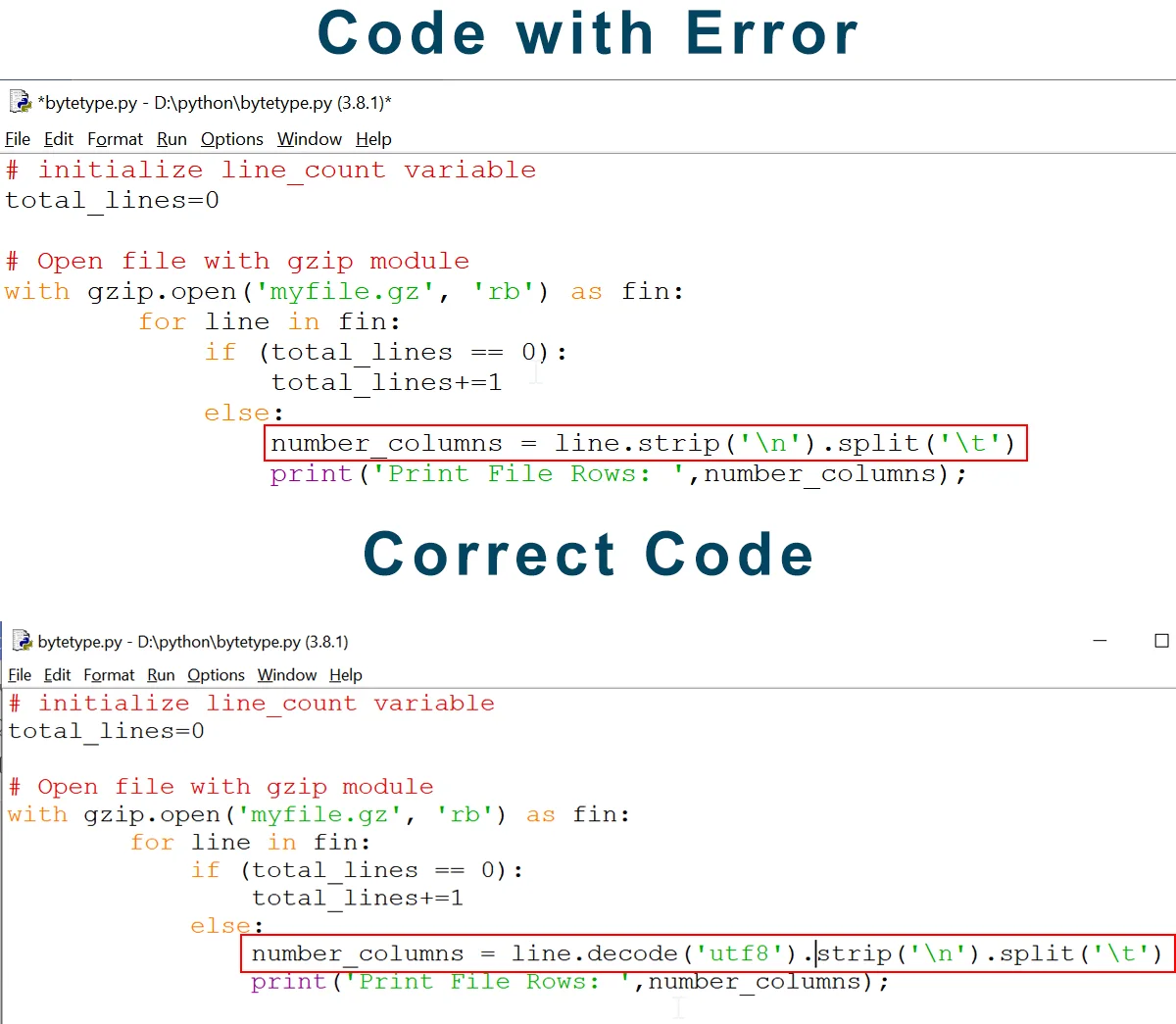

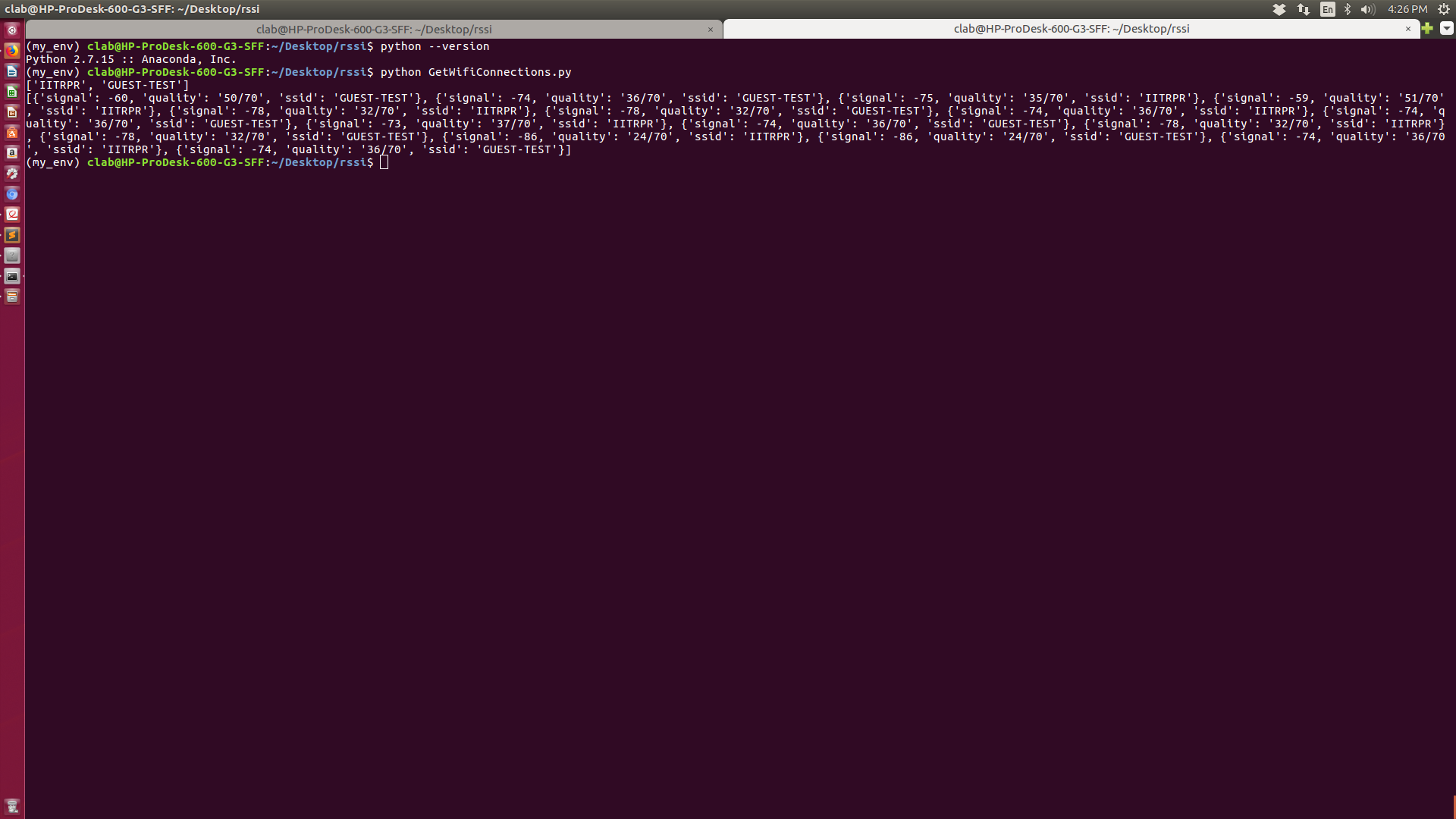
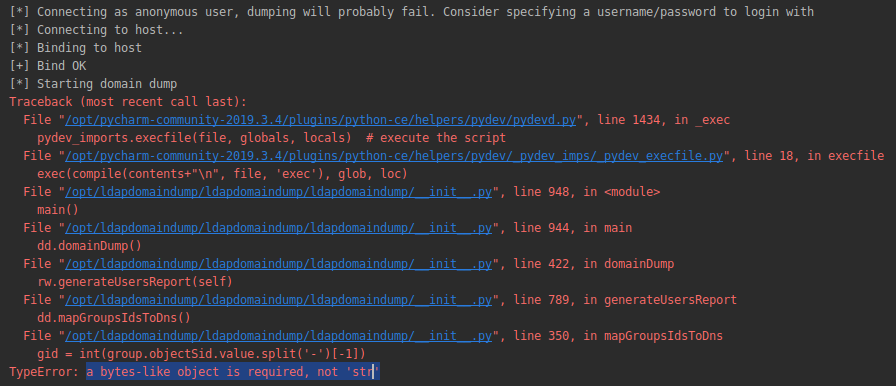
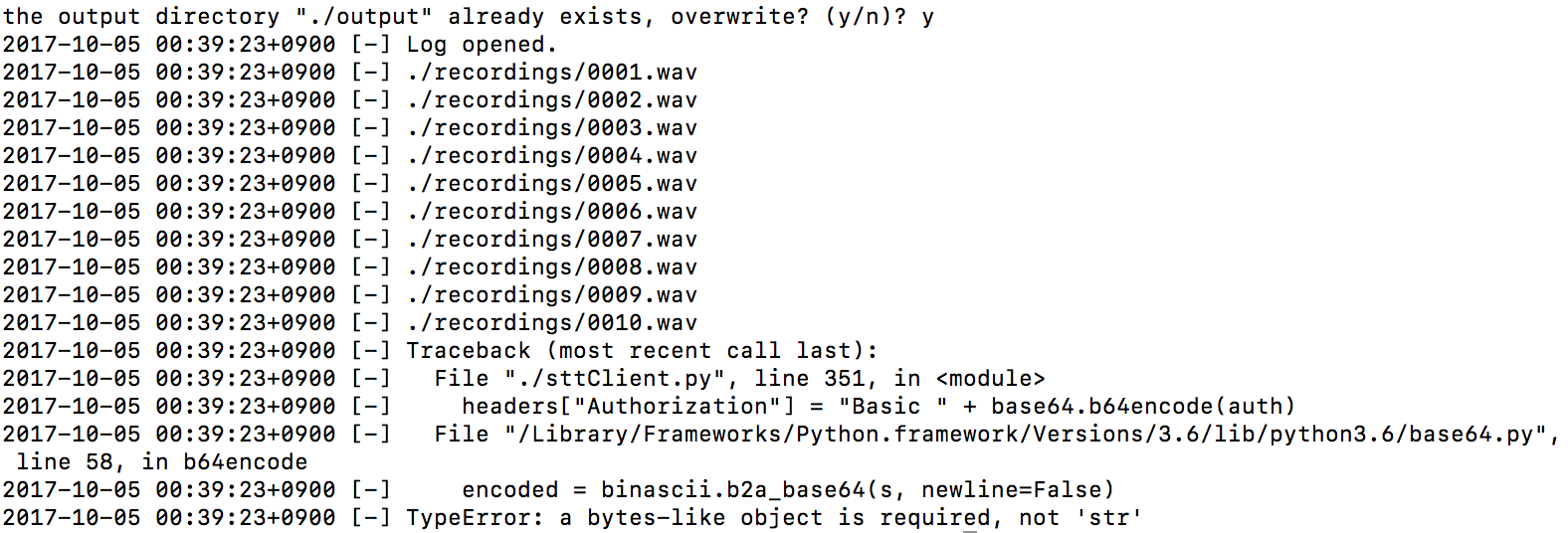

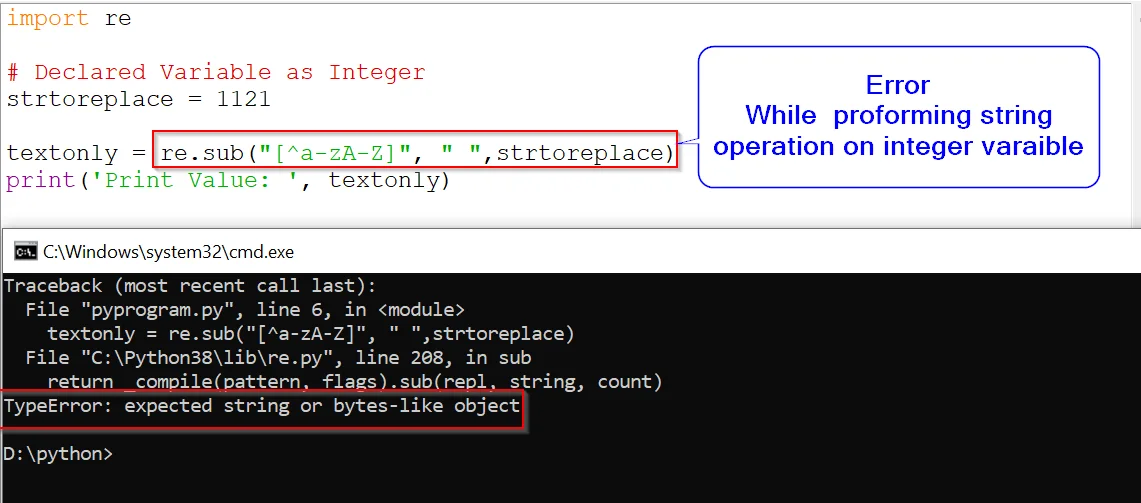
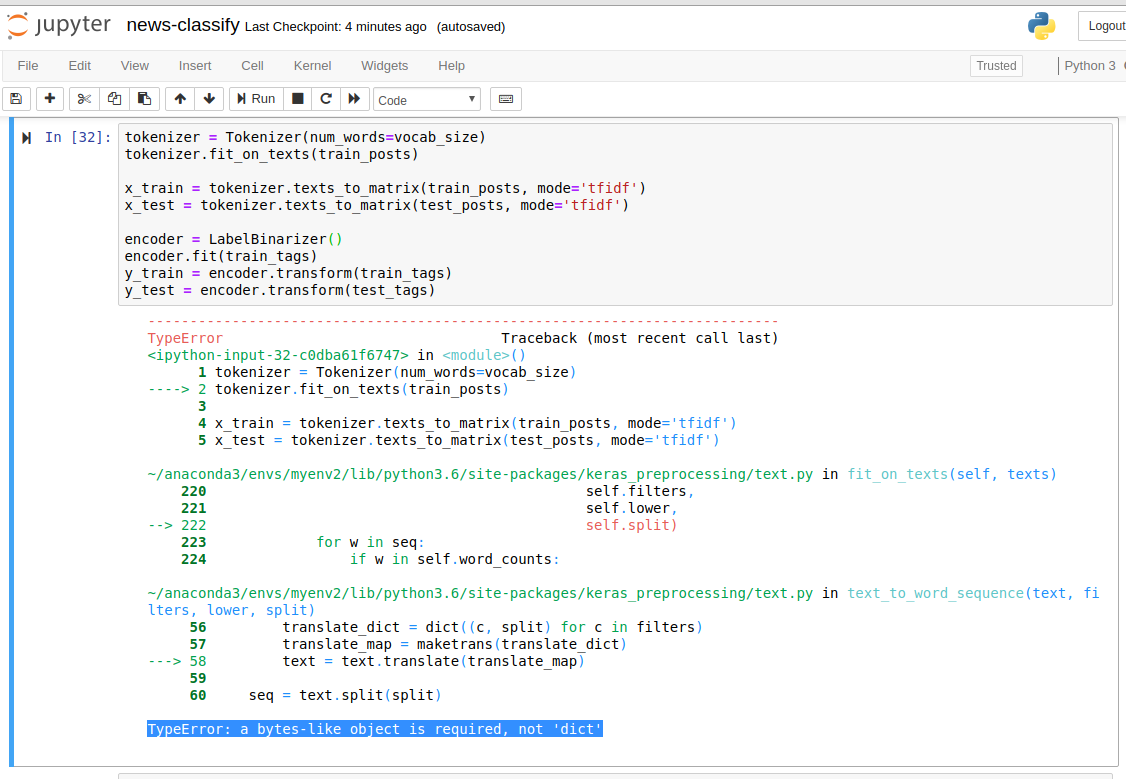

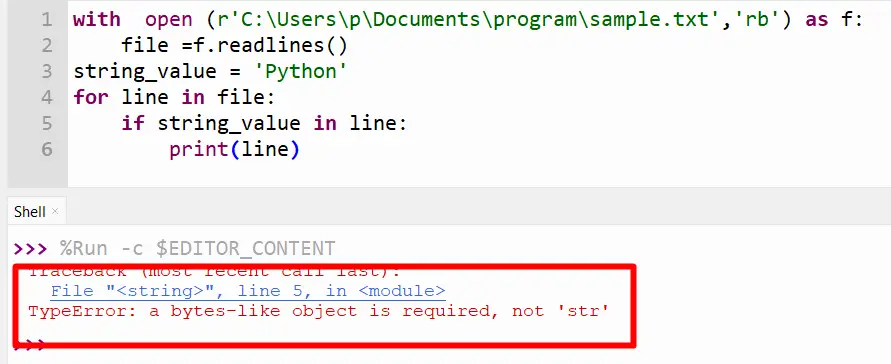






![A bytes like object is required not str [SOLVED] A Bytes Like Object Is Required Not Str [Solved]](https://itsourcecode.com/wp-content/uploads/2023/04/Typeerror-a-bytes-like-object-is-required-not-str-1.png)

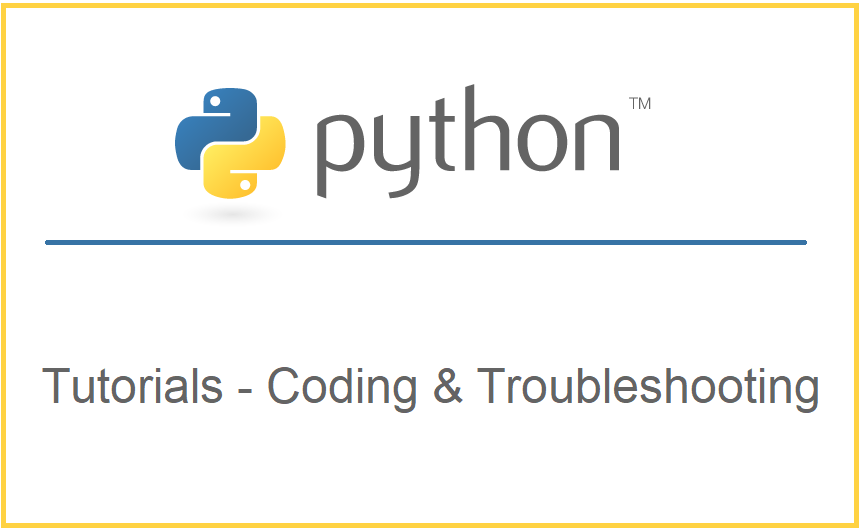





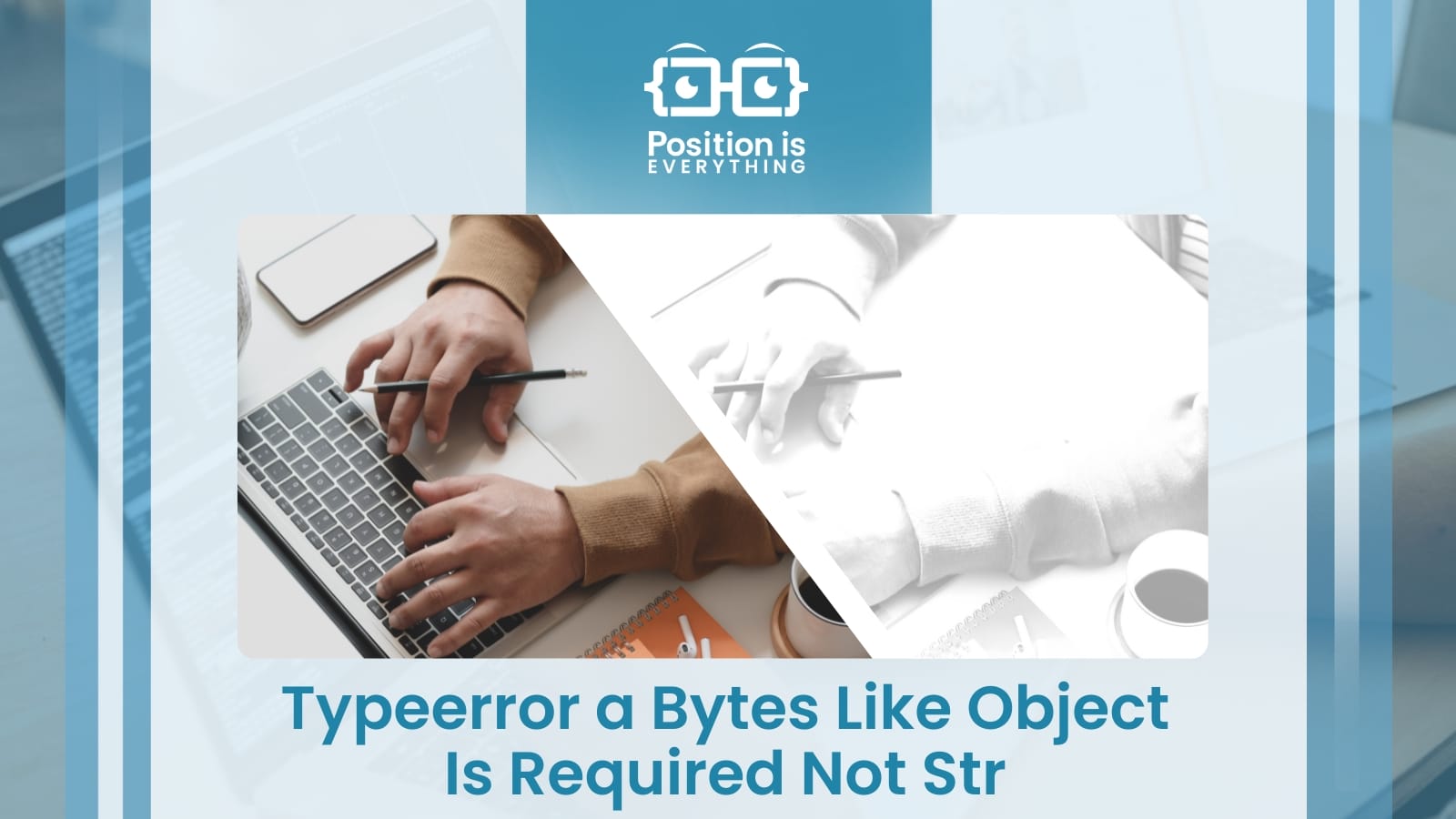
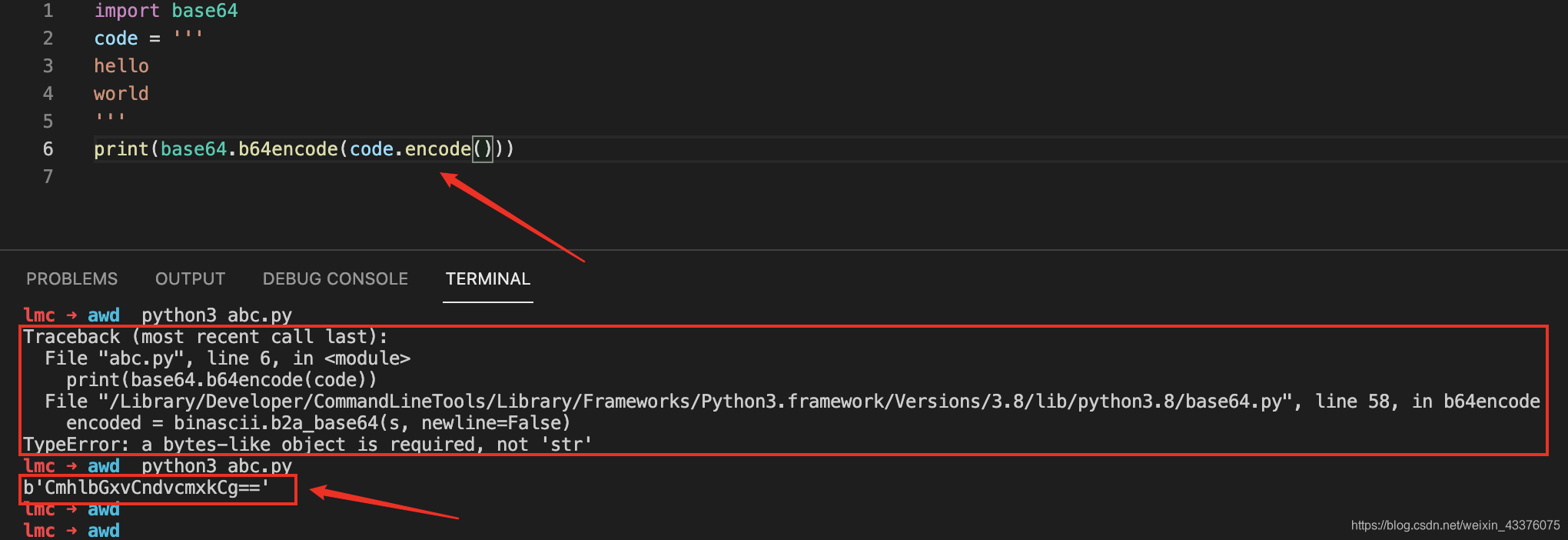
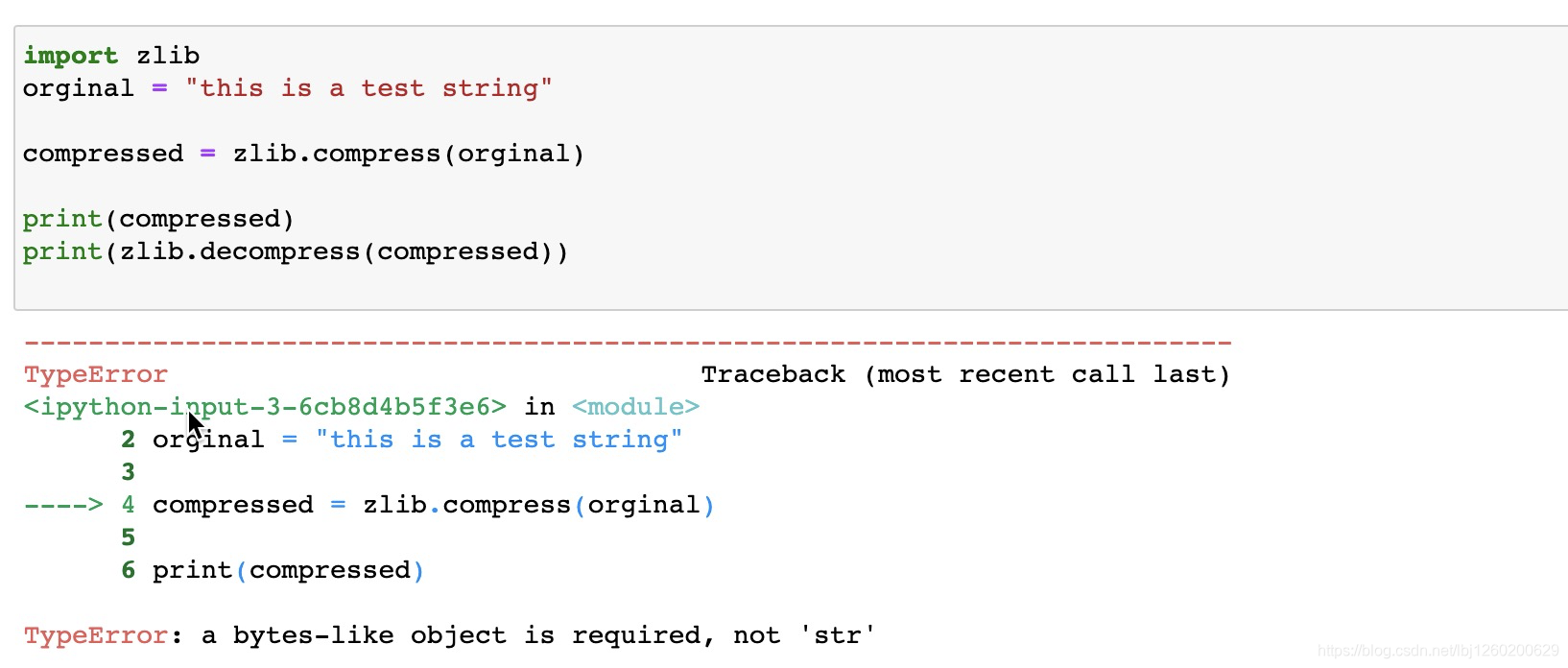


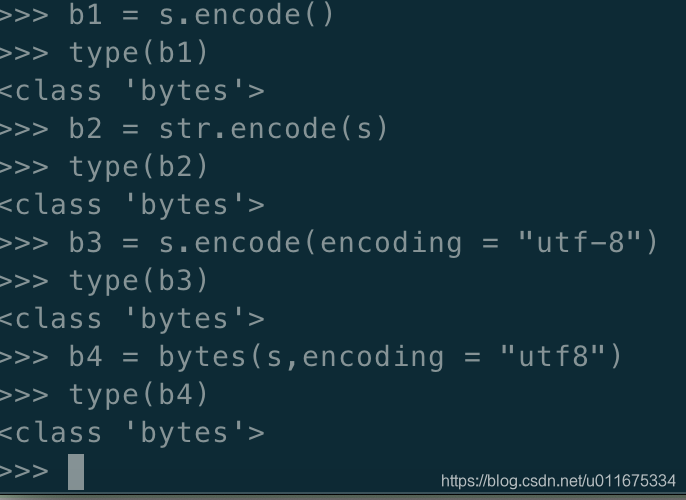







![Typeerror a bytes like object is required not str [SOLVED] Typeerror A Bytes Like Object Is Required Not Str [Solved]](https://itsourcecode.com/wp-content/uploads/2023/04/3-1.png)




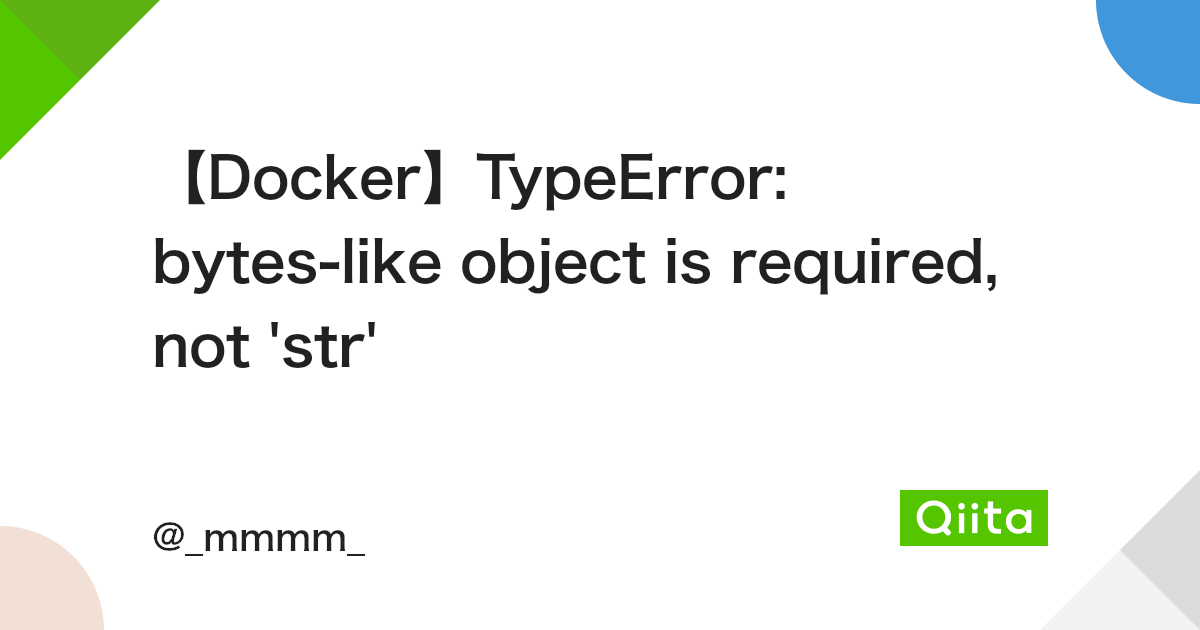

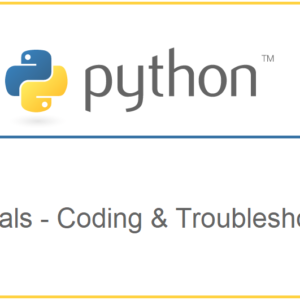


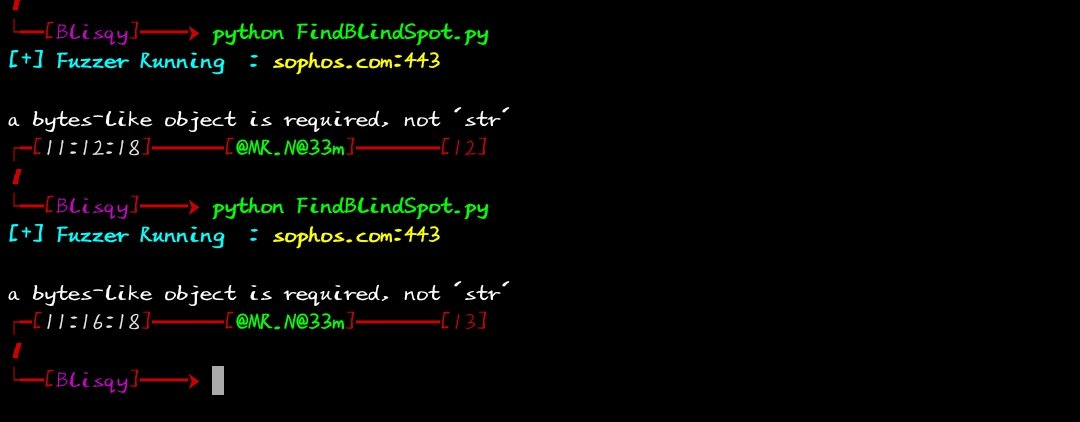
Article link: a bytes-like object is required not ‘str’.
Learn more about the topic a bytes-like object is required not ‘str’.
- a bytes-like object is required, not ‘str'” when handling file …
- Fix the typeerror a bytes like object is required not str in Python
- TypeError: a bytes-like object is required, not ‘str’ – bobbyhadz
- Resolving TypeError: A Bytes-like Object is Required, Not ‘str …
- Typeerror a bytes like object is required not str : How to Fix?
- TypeError: a bytes-like object is required, not ‘str’ when writing …
- How to Fix Typeerror a bytes-like object is required not ‘str’
- typeerror: a bytes-like object is required, not ‘str’ – STechies
- Python typeerror: a bytes-like object is required, not ‘str’ Solution
- Giải quyết TypeError Python: a byte-like object is required, not …
See more: nhanvietluanvan.com/luat-hoc